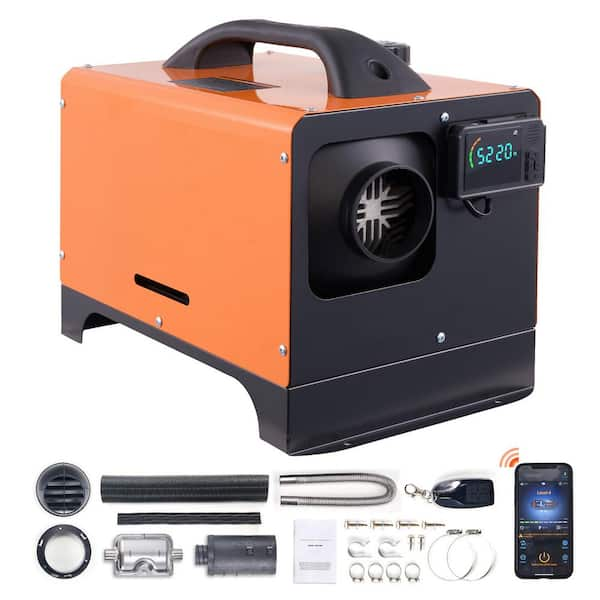All About 1 Source Portable Air
Table of ContentsWhat Does 1 Source Portable Air Do?Things about 1 Source Portable AirOur 1 Source Portable Air DiariesNot known Details About 1 Source Portable Air Top Guidelines Of 1 Source Portable Air
Running prices are based on an electrical power cost of 40c/kWh. The expenses for 3 months' usage in wintertime are based on 500 hours use, or roughly 6 hours per day for 3 months. Maximum warmth outcome is based upon the maximum electrical power of the designs we have actually tested (we concentrate on higher wattage heaters).
On standard, tiny follower heating units are less pricey to get, however can have higher running costs. Oil column heating units will certainly be the most inexpensive on the market to run (on average) but just by a slim margin in advance of convection heaters (like panel and micathermic panels).
See This Report about 1 Source Portable Air
If you have a reversible ceiling follower, it'll help disperse the heat around the room more uniformly. The models in our electric heating units test commonly array in cost from well under $100 to over $900, but we've discovered a higher price tag does not always indicate better performance. A variety of expensive heating systems have actually stopped working to excite our testers, while some less costly versions create surprisingly good buys.
As the name recommends, they emit warmth from a red-hot burner (so the family will need to take turns being in front of it). There are flooring and wall-mounted versions available. Radiant heating units are reasonably low-cost. They have a cosy radiance and personal warming result, like being in front of a fire.
Glowing heaters typically cost in between $20 and $200. Oil-filled column heaters don't really burn oil they make use of power to heat up the oil that's secured inside their columns or 'fins'.
1 Source Portable Air for Beginners
Some column heating units aren't even oil-filled yet rather use other material or home heating technology to work the very same method - 1 Source Portable Air. The danger of fire with an oil column heating system is reduced contrasted to other heater types, yet never absolutely no. Oil heaters don't have actually revealed components like glowing heaters do, and their surface area temperature is lower than lots of other heating unit types (their huge surface offsets it)
Oil column heaters will not take off, and while they do not burn their oil to create warm, it's still flammable, so there is a fire danger if the oil leaks, if the heating system tips over and leakages, or if combustible objects or fabric come right into get in touch with or drop on the heating system. You ought to exercise the very same degree of care with oil heating units when it comes to various other heating unit kinds, and never ever hang towels or garments over one to completely dry them utilize a drying rack rather, a minimum of one metre away.
Column heating systems are particularly valuable in spaces where they'll be changed on for long durations of time or where they'll operate ignored, such as overnight in a bed room. The surface areas you're likely to touch on a column heating system don't get as hot as various other sorts of electrical heaters. You can utilize a ceiling follower on extremely low speed to help the column heater to distribute the heat quicker and extra equally.
Oil-filled column heating systems normally cost in between $50 and $450. Convection and panel heating systems draw chilly air over an electrical heating element.
Rumored Buzz on 1 Source Portable Air

Convection and panel heating units are much more portable than their oil-filled column heater equivalents since they're dramatically lighter. Like a column heating system, you can utilize a ceiling fan on extremely low rate to disperse the heat quicker and a official source lot more equally.

Getting The 1 Source Portable Air To Work
Fan heating systems are frequently smaller sized and a lot more portable than other electrical heating units. They also are available in the kind of tower fan heating units, which can be better for distributing warmth around larger rooms due to their taller profile. They can warm the air in an area more rapidly, uniformly and rapidly than some various other heater types.
They can be rather loud with the fan on complete power, though are usually fairly peaceful at lower fan rates. Fan heating systems (ceramic or otherwise) generally cost between $60 and $900. Ceramic follower heaters aren't necessarily any type of different in price to non-ceramic designs. A fairly recent original site participant into the customer market, infrared heating units heat up the space like the sun warms your face (without the UV rays so no threat of skin cancer). 1 Source Portable Air.